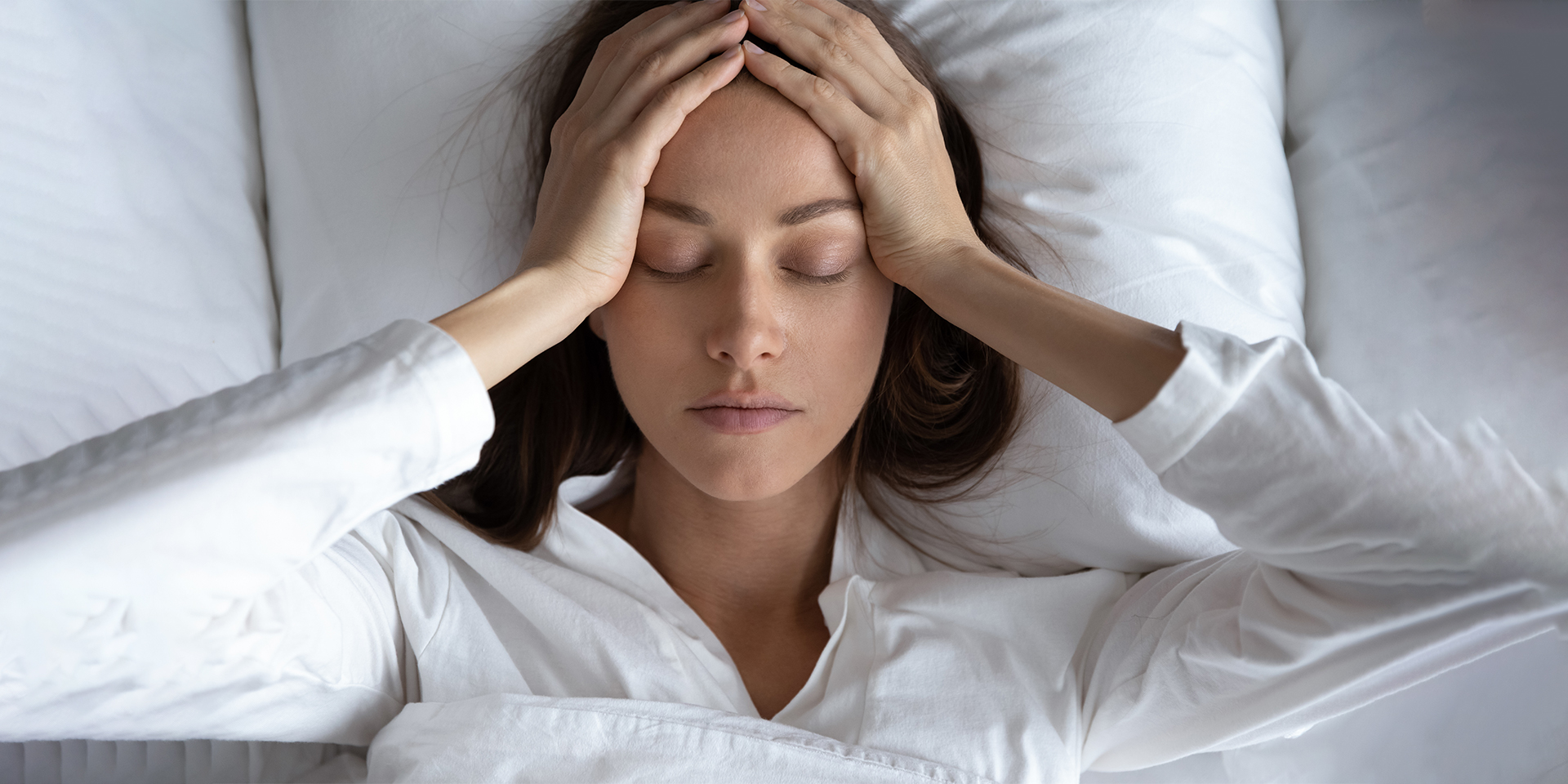A global crisis situation, such as that generated by the current pandemic, is a complex picture with many variables, bringing high levels of emotional distress. During a pandemic, many people will face a wide range of reactions and emotions, and the psychological impact will often be greater than the medical one.[1]
During the 2003 SARS epidemic, despite the fact that the virus was known to be dangerous for the elderly and those with pre-existing comorbidities, the psychological impact was stronger than the medical one in terms of the number of people affected. And this psychological impact persisted for a long time.[2],[3],[4]
The same observations were confirmed following the 2014-2015 Ebola epidemic in West Africa. The epidemic left more severe psychological effects than the disease itself.[5],[6]
The majority of people have a rather strong resistance to stress and will not be affected psychologically, but the reactions that occur in the event of a pandemic vary with each person, and can range from indifference to fatalistic or even apocalyptic visions.[7],[8],[9] On the one hand, there are those who don’t take the risks to which they are exposed seriously and don’t respect the rules that are enforced, ignoring the recommendations of specialists related to hygiene or social distancing. On the other hand, there are reactions at the opposite end that are characterised by high levels of anxiety and fear. Although a moderate level of fear and anxiety can be helpful, as anxiety is a factor that helps in the face of a threat, there is also the situation where anxiety and related stress become debilitating.[10]
Psychological factors influence the decisions of the authorities
Psychological factors play a key role in managing pandemic risk situations. Individuals’ anxiety concerning their own health influences the success or failure of interventions by the authorities, ultimately having a direct impact on public health policies.[11] That is why it is important for authorities to understand how anxiety influences individual responses and reactions to the spread of the novel coronavirus infection and to adapt public policies.
As defined, health anxiety refers to the tendency to panic and worry about our health, which starts with a series of stimuli related to the disease and to infections.[12] A person with a high level of health anxiety will develop a series of maladaptive cognitions, misinterpreting the sensations he feels in his own body, and having a high predisposition to assimilate dysfunctional beliefs about health and disease. Such a person will engage in behaviours showing an inadequate management of this type of anxiety.[13] For example, in the case of a viral epidemic, a person with a high level of health anxiety will misinterpret muscle pain or cough as symptoms of infection caused by the virus, which will lead to increased levels of anxiety.
Studies show misinterpretations of sensations and bodily changes are influenced by personal beliefs about health and illness. In the case of an anxious person, they refer to the belief that what he feels in the body are signs of the disease and a weakened immune system that is about to give in to the virus.[14],[15] In other words, people with high health anxiety are more prone to misinterpretations of the sensations and changes that occur in the body, considering that all this is evidence of an already manifesting infection. This type of interpretation will lead to irrational decisions and will negatively impact behaviour.[16]
Behavioural responses to increased anxiety
There are several ways in which increased health anxiety can influence behavioural responses. On the one hand, these individuals may consider hospitals and medical offices sources of contamination, refusing to seek medical care when necessary. On the other hand, they are likely to constantly seek information about their health and reassurance from doctors.
As such, anxious people will visit several doctors or go to the emergency department for reassurance that bodily sensations are not caused by infection. This behaviour is an additional burden on the health system and healthcare professionals.[17] This was the case, for example, even before the actual 2009 H1N1 flu epidemic, when the number of hospitalised patients increased while there were still only rumours about the outbreak. In the US state of Utah, although there was public concern about the effects of this epidemic, in reality the disease had a low prevalence. However, emergency departments saw a significant increase in the number of patients as opposed to the period in which the number of real cases increased in the state.[18]
Many people exhibit extreme “decontamination” behaviours, applied to everything that is seen to be a potential source of infection, or extreme distancing behaviour, consisting in self-isolating from everything they perceive as contaminated. Extreme behaviours, going far beyond just washing hands, are included here. During the SARS epidemic, a woman in Beijing chose to put the bills she received from the bank in the microwave in order to disinfect them. The result was predictable: the money was destroyed. Other behaviours are aimed at protection or safety. For example, some people choose to be vaccinated twice during the flu season when a single vaccine would have been enough.[19]
A false sense of urgent need for certain products in self-isolation can cause health-anxious individuals to overspend on stocking up on resources (disinfectant, drugs or masks), which has a negative impact on the individual and his community, where those resources are needed, particularly for specialised health care.
At the same time, an excessively low level of anxiety can also negatively affect health. This is also true of the public implementation of epidemic and pandemic control strategies.[20]
In 2009, during the spread of the H1N1 virus, individuals who believed that they could not contract the disease rarely complied with preventive measures such as hand washing or vaccination, and were much less willing to change their behaviours to respect social distancing.[21] It is clear that non-compliance with recommendations and measures can have a major impact on strategies to reduce the spread of the virus.
Pandemic and mental disorders
Beyond the behavioural aspects mentioned above, the pandemic context and associated factors can trigger or exacerbate certain mental disorders, including mood disorders or post-traumatic stress disorder (PTSD). Post-traumatic stress disorder can be triggered by pandemic stressors such as increased mortality, including among loved ones.
What can I do?
To cope with the current situation, which tends to exacerbate the difficulties of people struggling with anxiety, mental health professionals have identified a number of practices to consider to limit the effects of the disorder:
- Get information from reliable sources. Much of the anxiety we feel comes from the fact that we do not select information in a critical way. It is important to keep in mind that the media tends to resort to sensationalism, to focus on the negative aspects and to exclude or minimise the positive ones.
- Learn to keep a healthy perspective on things. Throughout history, people have faced many difficulties, but each time humanity has demonstrated a good ability to adapt to change. In this context, it is good to avoid negative thinking or focusing on the most negative scenarios.
- Take good care of your health. Maintaining a balanced diet, getting enough rest and exercising are all important factors that ensure the body is well guarded against the disease. Good hygiene and limited exposure will reduce the spread of the virus and the risk of infection. As work is mainly carried out from home, it is important to have moments of relaxation and to maintain a daily routine as much as possible.
- Develop your ability to cope. Resilience refers to the ability to adapt and cope with adversity. To this end, it is good to look at the strategies we have used in difficult times in the past and try to replicate them now.
- Be ready. Learn ways to deal with an anxiety or panic attack. There are very simple exercises that can be used to deal with anxiety. Deep breathing and relaxation are two ways in which the intensity of emotions can be adjusted when we feel overwhelmed.
- Keep in touch with your loved ones. Even though at a distance, maintaining social relationships through social networks can be another solution. Sharing fears, needs and mutual encouragement can reduce the stress associated with this period.
One of the long-term solutions to excessive health anxiety is psychological intervention through counselling or psychotherapy, which can provide the person with the tools and support to manage overwhelming anxiety and engage in healthy and balanced behaviours.
Ramona Dragomir is a psychologist and general manager of the Respiro Association.
Filip Popovici, PhD, is a teaching assistant at the Faculty of Psychology at the University of Bucharest and manager of the Respiro Help Project.
The video was created by a network of Seventh-day Adventist communicators in Europe and beyond [GAiN Europe].



















